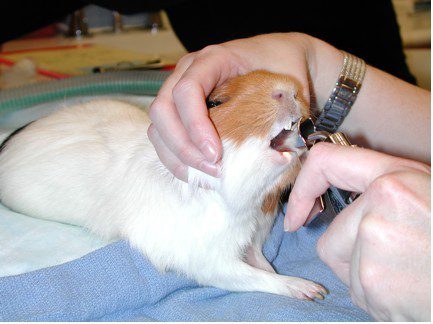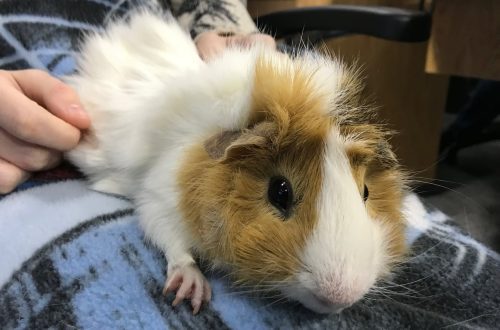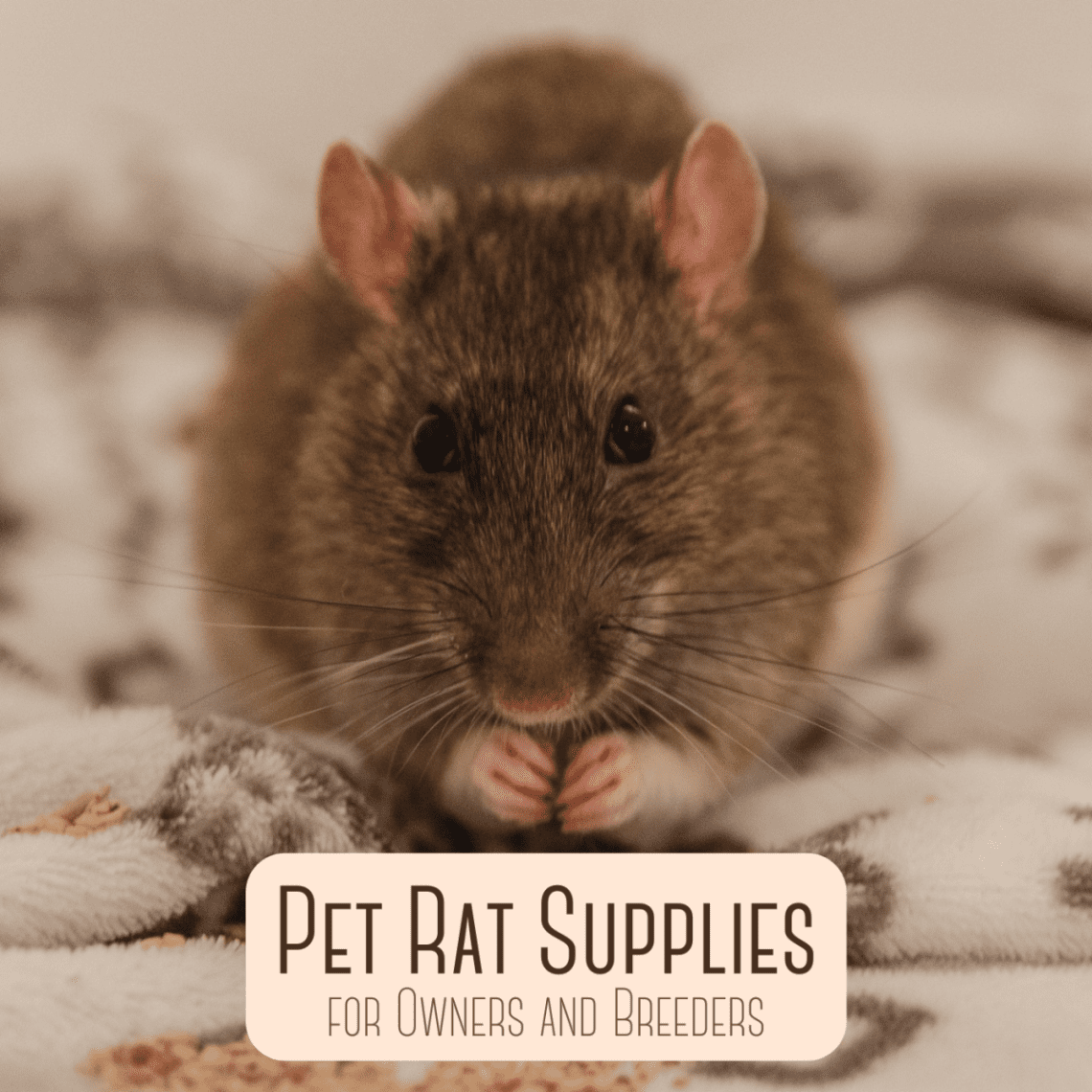
A drinking bowl, clothes, a carrier and a ball for a rat – do a rodent need such accessories?
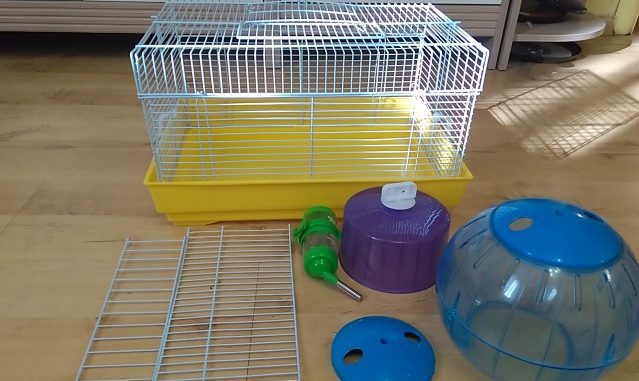
Pet store counters offer all sorts of products for rodents, ranging from the necessary attributes, such as cages, feeders and drinkers, to items that are designed to make keeping a pet comfortable and cozy, such as houses, hammocks, and even clothes. What accessories for rats will be appropriate in a pet’s cage, and which ones should you refuse to purchase?
Contents
Drinker for rats
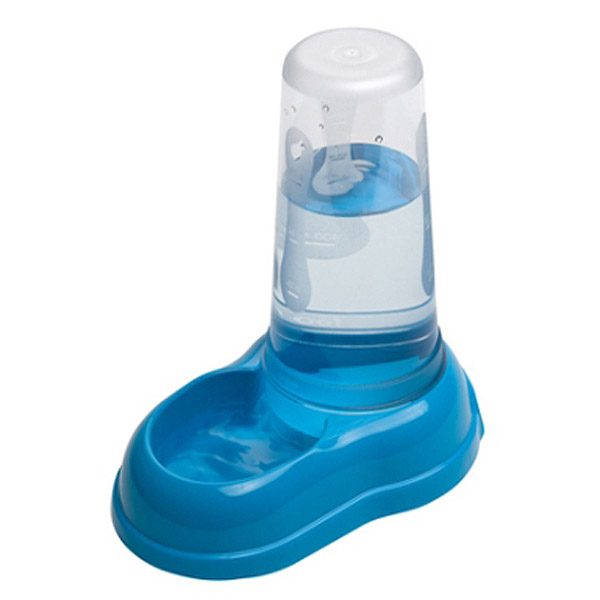 A tailed pet should always have access to clean fresh water, so a rat drinker is one of the most important and necessary accessories when equipping a cage. For the manufacture of drinking bowls, different materials are used: plastic, glass, faience or ceramics. These items also differ in structure, design and volume, and which one to choose depends on the personal preferences of the owner.
A tailed pet should always have access to clean fresh water, so a rat drinker is one of the most important and necessary accessories when equipping a cage. For the manufacture of drinking bowls, different materials are used: plastic, glass, faience or ceramics. These items also differ in structure, design and volume, and which one to choose depends on the personal preferences of the owner.
Ceramic or glass bowls
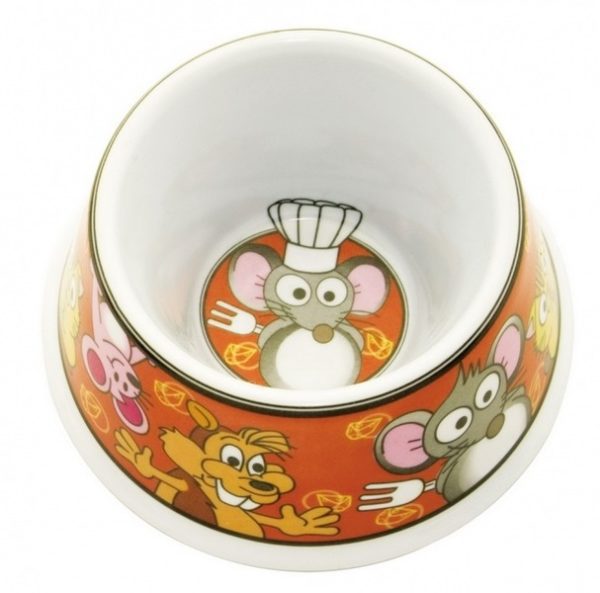 Beautiful to look at, but impractical. The water in such drinkers must be changed several times a day, as food residues, filler granules or rodent feces can get into the drink, as a result of which the liquid becomes an excellent medium for the development of bacteria. In addition, during the fuss, rodents often turn over bowls of water, and the owner has to do unscheduled cleaning of the cage to replace the wet bedding. Such drinkers can be used for milk or kefir, removing them immediately after the animal drinks.
Beautiful to look at, but impractical. The water in such drinkers must be changed several times a day, as food residues, filler granules or rodent feces can get into the drink, as a result of which the liquid becomes an excellent medium for the development of bacteria. In addition, during the fuss, rodents often turn over bowls of water, and the owner has to do unscheduled cleaning of the cage to replace the wet bedding. Such drinkers can be used for milk or kefir, removing them immediately after the animal drinks.
Nipple drinker
 It is very convenient, it is a plastic or glass container with a spout located at the bottom, into which water is supplied. This accessory is installed on the outside of the cage so that the spout falls between the sections and the animal can drink clean water whenever it wants.
It is very convenient, it is a plastic or glass container with a spout located at the bottom, into which water is supplied. This accessory is installed on the outside of the cage so that the spout falls between the sections and the animal can drink clean water whenever it wants.
Ball drinkers
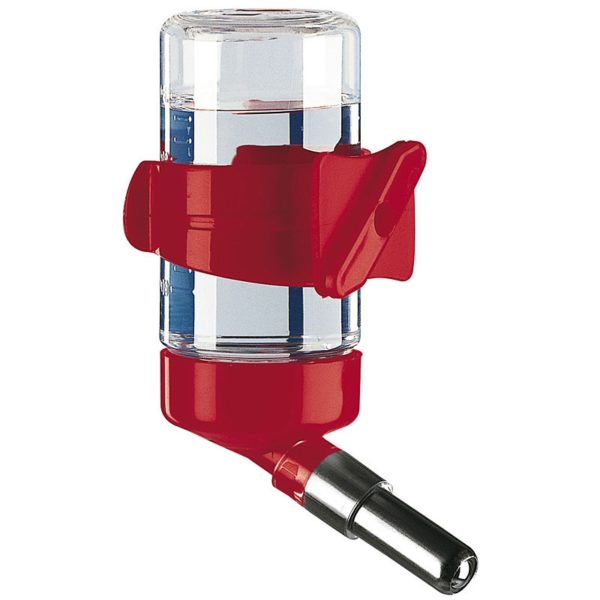 No less popular among rodent owners are ball drinkers for rats, the principle of operation of which is arranged in the same way as nipple drinkers. The only difference between these items is that in place of the spout at the ball drinker there is a metal tube with a movable ball inside. Droplets of water ooze from the tube as the animal moves the ball with its tongue.
No less popular among rodent owners are ball drinkers for rats, the principle of operation of which is arranged in the same way as nipple drinkers. The only difference between these items is that in place of the spout at the ball drinker there is a metal tube with a movable ball inside. Droplets of water ooze from the tube as the animal moves the ball with its tongue.
Important: you should change the water in the drinker at least two to three times a week, and wash the containers themselves once every seven days with warm water, without using household chemicals.
To learn how to make a drinking bowl with your own hands, we recommend reading the article “How to make a drinking bowl for a hamster”.
Rat wheel
Being dexterous and active animals, rats are constantly on the move, exploring the objects and things around them. And many owners, in addition to ladders and labyrinths, put a running wheel in their cage. Do rats run in a wheel and do tailed pets need such an accessory?
Unlike chinchillas and hamsters, rats rarely use the running wheel for its intended purpose and prefer to sleep in it or ignore this item altogether. But even if the animal is not averse to running on a wheel, it should be remembered that accessories designed for hamsters are not suitable for rats and can even harm your pet. A running wheel for rats should be.
Sufficiently spacious
The wheel must be chosen in such a size that the animal fits freely in it, and the back of the rodent does not bend while running.
Whole
Running wheels for rats should be a solid structure without partitions and sections in which the paw or tail of the animal can get stuck, which is fraught with damage and even a fracture.
Safe
For tailed rodents, it is better to choose an accessory made of wood or metal, rather than plastic. Plastic wheels are very light and fragile and a rat running in it can hit the wall and get injured.
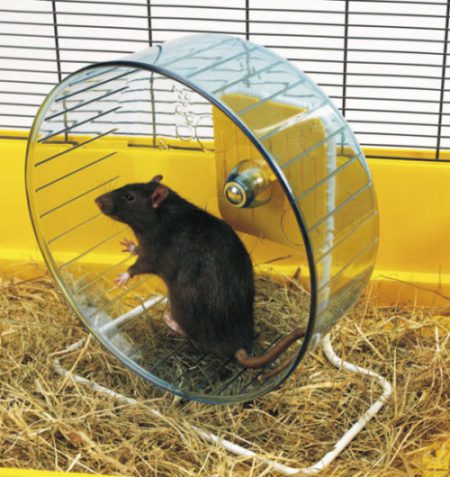
Walking ball for a rat
In specialized stores offering everything for rats, the seller often recommends that owners of tailed pets purchase a walking ball. The sellers assure that in such an accessory the animal will be able to freely walk around the apartment without damaging the surrounding objects.
But, most rats do not show any desire to run in a walking ball, and some rodents even experience panic when you try to put them in this accessory.
The fact is that, unlike other rodents, inquisitive rats need not only to move, but to get acquainted with the environment, sniff different things and even try them “by the tooth”. And, moving in a ball, the pet will not be able to satisfy its curiosity, as a result of which the animals quickly lose interest in it.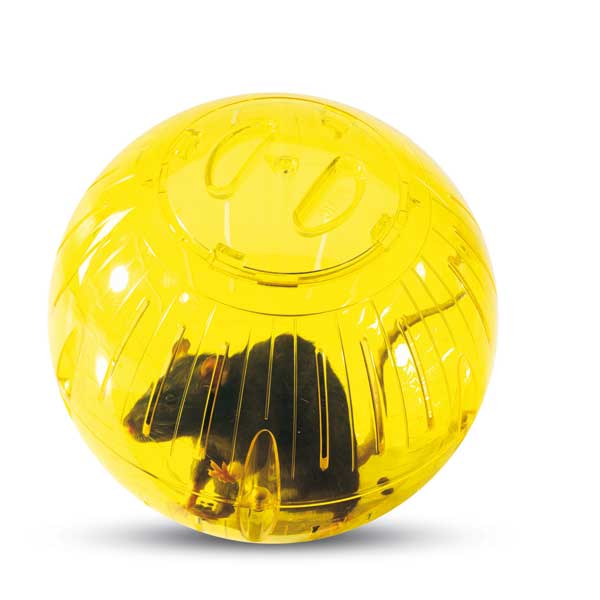
Do not forget that decorative rats are afraid of closed spaces. If you lock the animal in a tight ball, the animal will decide that it has fallen into a trap, and will try to get out of there by any means. Therefore, it is absolutely impossible to forcibly place a tailed pet in a walking ball, in the hope that he will eventually get used to this method of movement, as this will cause the animal a strong fright and cause stress.
If the owner nevertheless decides to purchase such an accessory for a small pet, then it should be remembered that the rat ball must have small holes for air to enter so that the animal does not suffocate.
If you’re looking to make your pet’s life more fun, check out our homemade toys and entertainment resource for tips and tricks.
Rat carrier
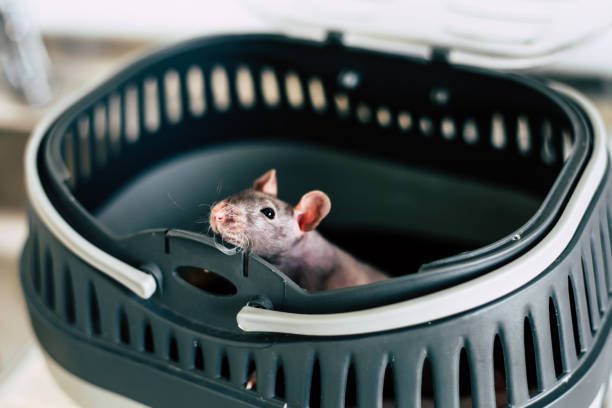
Sometimes it becomes necessary to transport a pet, for example, you need to take the animal to the veterinarian, visit an exhibition with it, or simply take it with you to the country. For such cases, it is advisable to purchase a special carrier to make the trip of the animal as comfortable and convenient as possible.
Rat carriers are a container made of opaque plastic with a hinged lid. On the sides of the container or on the lid there are longitudinal ventilation holes for oxygen supply. Some carriers are equipped with a feeder so that the rodent can have a bite to eat on the road.
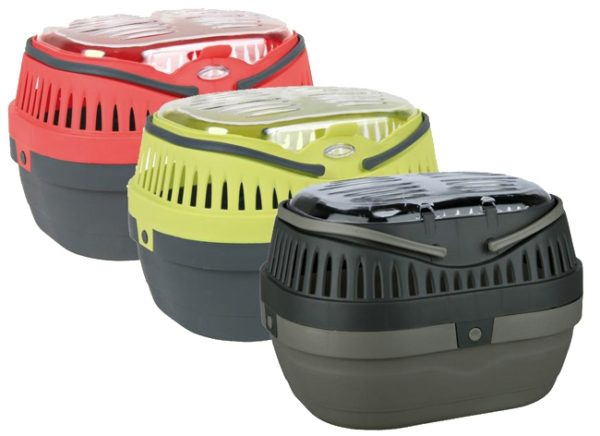
When choosing a carrier for a rat, you should remember:
- this accessory should be roomy and spacious, especially if it is planned to transport several pets at once;
- it is desirable to give preference to carrying with side slots for ventilation, since air circulates better in them and you can not worry that the rat will suffocate;
- the container must be made of durable and hard plastic so that the animal cannot gnaw a hole in it and run away;
- transportation for a rat is always stressful and the animal begins to defecate often from fear, so the bottom of the carrier should not be covered with cloth or paper so that the pet does not sit on a damp bedding;
- when transporting a rodent in the cold season, the carrier must be placed in a fabric bag, as rats can easily catch a cold;
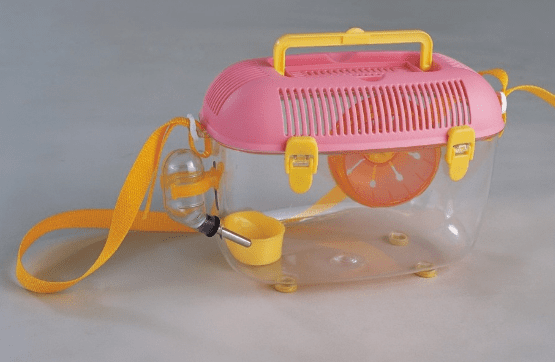
Important: you can not use a cardboard box to transport the animal. In such a homemade carrier, the animal can not only gnaw through a gap, but also suffocate from a lack of oxygen.
Clothes for rats
Some famous fashion designers have repeatedly presented their collections of fashionable clothes for cats and dogs. And the American animal outfit designer Ada Neaves decided to surprise the public and created a unique collection of outfits for rodents. Clothes for rats aroused great interest among lovers of these animals, and many owners were ready to pay a considerable amount for a suit or dress for their beloved pet.
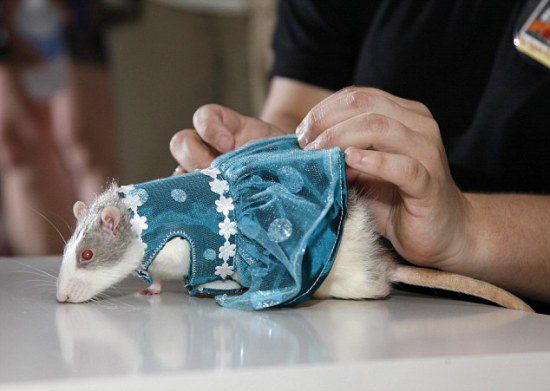
The collection of Ada Nieves included:
- puffy and bright skirts for tailed women of fashion;
- luxurious evening dresses embroidered with feathers and Swarovski crystals;
- tailcoats and tuxedos for males;
- colorful vests with harnesses and leashes;
- warm suits for rats, designed for walking in the cold season;
- wedding dresses for the marriage ceremony.
Clothing for domestic rodents is only gaining popularity, but the enterprising American is sure that her innovation will be an unprecedented success, and soon most owners will be happy to dress their little pets in a variety of outfits.
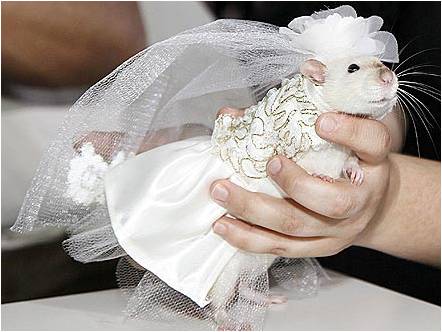
Goods for rats will help diversify the life of a rodent and make his home cozy and comfortable. But before you offer your pet a new toy or accessory for exercise, you need to make sure that these things are safe and harmless to the animal.
Rat accessories: drinker, wheel, carrier and clothes
2.9 (57.59%) 191 votes



